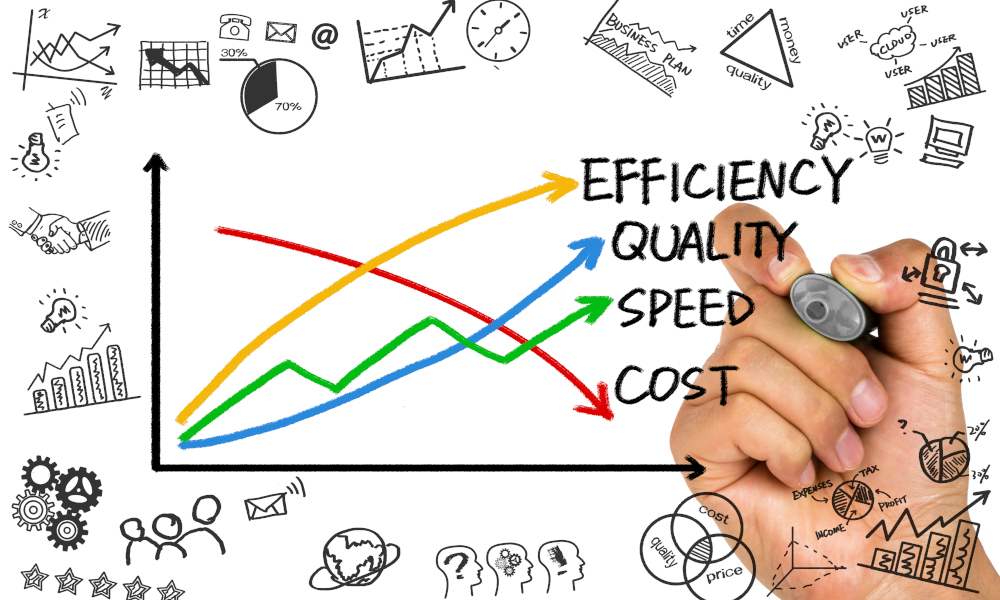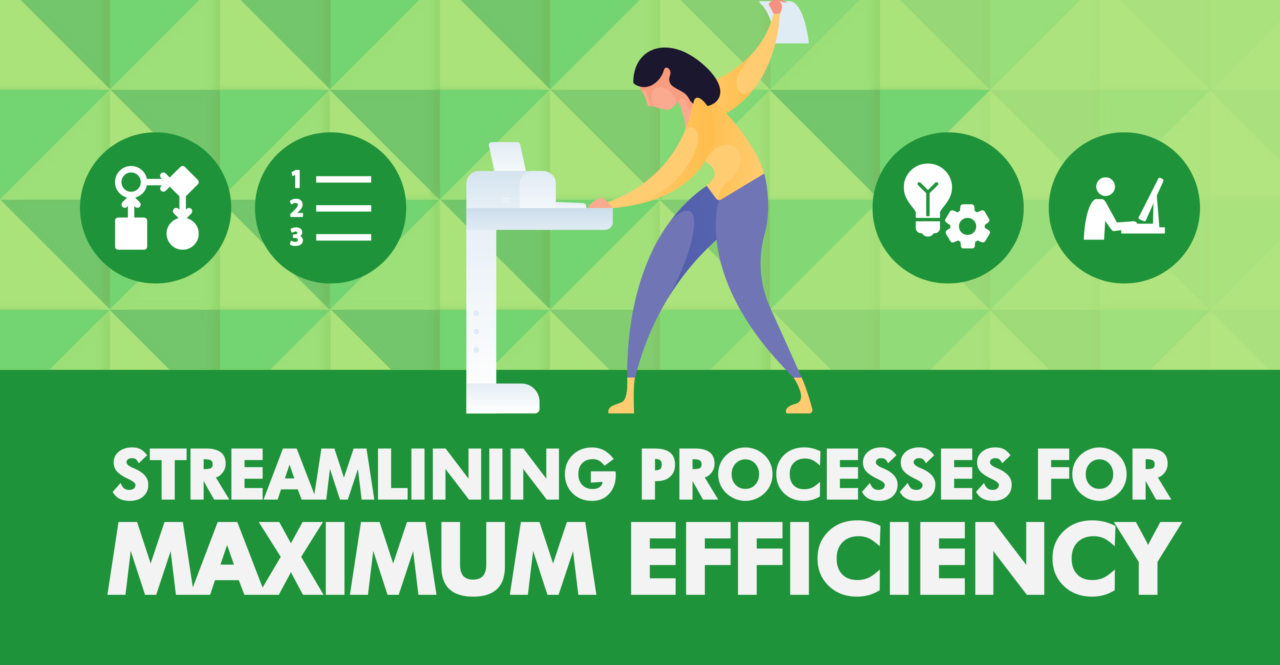Improve Business Efficiency & Productivity: A Comprehensive Guide

In today's fast-paced business landscape, efficiency and productivity are the twin engines that drive success. Imagine your business as a well-oiled machine; every cog and gear must work seamlessly to maximize output. But how do you ensure that your business is running at peak performance? Let's dive into the world of streamlined operations, time management strategies, and workflow automation to discover ways to improve business efficiency and productivity.
Understanding Business Efficiency and Productivity
Before we delve into the specifics, let's clarify what we mean by business efficiency and productivity. Efficiency refers to the ability to achieve maximum output with minimum wasted effort. Productivity, on the other hand, is about the rate at which goods or services are produced. Both are critical for business success, but they require different approaches to optimize.
Streamline Operations: The Backbone of Efficiency
Identify Bottlenecks
The first step in streamlining operations is to identify bottlenecks. Think of your business as a river; any obstruction can slow down the flow. By pinpointing these obstacles, you can implement solutions to keep the river of productivity flowing smoothly.
Implement Lean Management
Lean management is a philosophy that focuses on eliminating waste and maximizing value. It's like trimming the fat off a steak—you're left with only the best parts. By adopting lean principles, you can streamline operations and enhance efficiency.

Time Management Strategies: Making Every Minute Count
Prioritize Tasks
Effective time management begins with prioritizing tasks. Use the Eisenhower Matrix to categorize tasks based on urgency and importance. This helps you focus on what truly matters, rather than getting bogged down by trivial tasks.
Set Clear Goals
Setting clear, achievable goals is crucial for time management. Think of your goals as a roadmap; without them, you're driving blind. Use the SMART (Specific, Measurable, Achievable, Relevant, Time-bound) framework to set goals that drive productivity.
Workflow Automation: The Future of Efficiency
Automate Repetitive Tasks
Automation is the key to unlocking greater efficiency. By automating repetitive tasks, you free up valuable time and resources for more strategic activities. Tools like Zapier and IFTTT can help you automate a wide range of tasks, from email management to data entry.
Use Productivity Tools
Productivity tools are your allies in the battle for efficiency. Tools like Trello, Asana, and Slack can help you manage projects, communicate effectively, and stay organized. Think of these tools as your personal assistants, always ready to lend a helping hand.

Efficiency Techniques: Small Changes, Big Impact
Delegate Effectively
Delegation is an art that every business owner should master. By delegating tasks to the right people, you can ensure that work is done efficiently and effectively. Remember, you don't have to do everything yourself.
Encourage Continuous Learning
A culture of continuous learning fosters innovation and efficiency. Encourage your team to stay updated with the latest trends and technologies. This not only boosts productivity but also keeps your business ahead of the curve.
Conclusion: Embrace the Journey to Efficiency
Improving business efficiency and productivity is not a one-time task; it's a journey. By streamlining operations, implementing effective time management strategies, automating workflows, and adopting efficiency techniques, you can transform your business into a well-oiled machine. Remember, every small step counts. So, are you ready to take the first step towards a more efficient and productive future?
FAQs
What is the difference between business efficiency and productivity? Business efficiency focuses on minimizing waste and maximizing output with the least effort, while productivity is about the rate at which goods or services are produced.
How can I identify bottlenecks in my business operations? Conduct a thorough analysis of your business processes. Look for areas where workflow is slow or where resources are being underutilized. Tools like process mapping can help identify bottlenecks.
What are some effective time management strategies? Prioritizing tasks using the Eisenhower Matrix, setting clear goals with the SMART framework, and using productivity tools like Trello and Asana are effective time management strategies.
How can workflow automation improve business efficiency? Workflow automation can help by automating repetitive tasks, reducing human error, and freeing up time for more strategic activities. This leads to increased efficiency and productivity.
What are some common efficiency techniques? Effective delegation, continuous learning, and using productivity tools are common efficiency techniques that can significantly improve business operations.
By implementing these strategies and techniques, you can unlock the full potential of your business, driving it towards greater success and sustainability.
Belum ada Komentar untuk "Improve Business Efficiency & Productivity: A Comprehensive Guide"
Posting Komentar